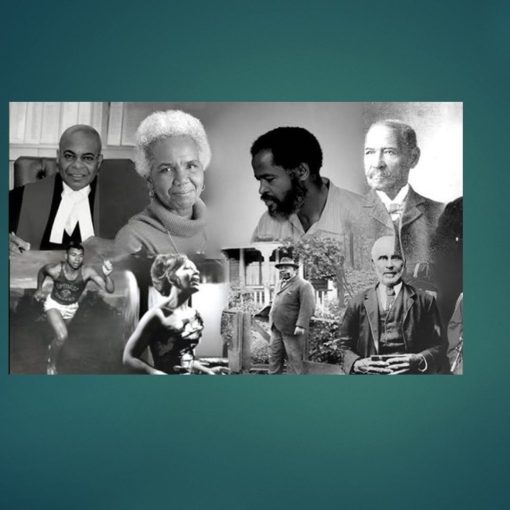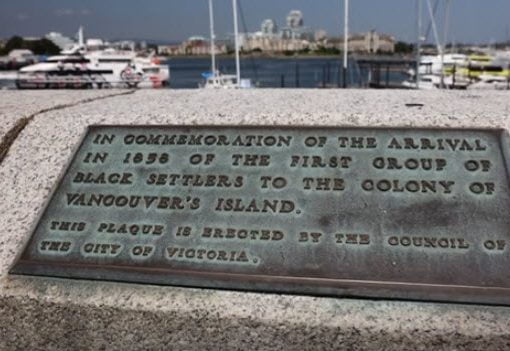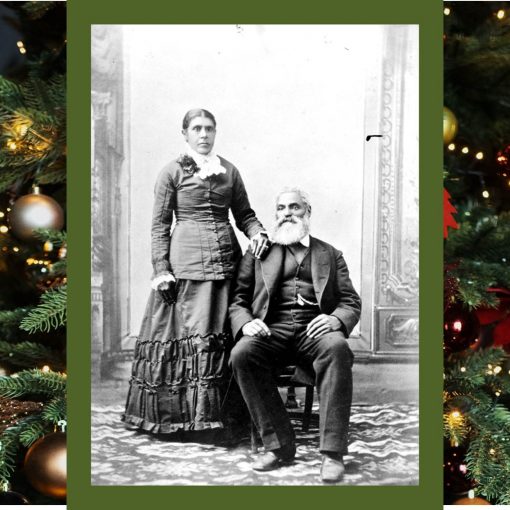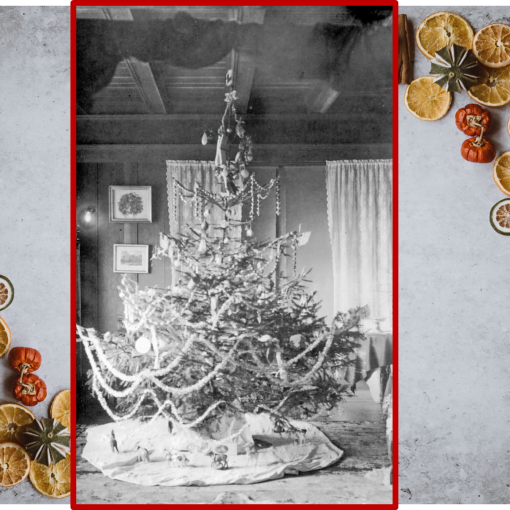1st teacher on Salt Spring Island circa 1859 to 1875; one of only 16 public school teachers in the Province at that time.
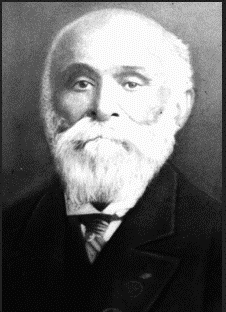 John Craven Jones was the 2nd oldest of three brothers who came to Salt Spring Island in 1859. John's older brother is William Allen who settled in Barkerville and became known as the Barkerville Dentist, nicknamed "Painless Jones". His younger brother Elias Toussaint headed for the gold rush in the Cariboo, but returned to the U.S. within a year.
John Craven Jones was the 2nd oldest of three brothers who came to Salt Spring Island in 1859. John's older brother is William Allen who settled in Barkerville and became known as the Barkerville Dentist, nicknamed "Painless Jones". His younger brother Elias Toussaint headed for the gold rush in the Cariboo, but returned to the U.S. within a year.
All three brothers graduated from Oberlin College in 1856, 1857 and 1859. For two years, after graduating, John was the principle and taught in a Black school in Xenia,Ohio.
When John Craven Jones arrived on Salt Spring Island he was 25. There was no school on Salt Spring Island, so Jones taught the children wherever there was space, in sheds or in family homes. By 1861 the community built a log school house roughly in the same location where Central School is now located. For three days he taught at Central and for three days he taught in the north of the island, roughly where Fernwood School is located today. He travelled back and forth between the schools because it was too dangerous with cougars all about for the children to travel.
By 1872 John Craven Jones had 25 students, 7 in the north and 18 at Central. Jones was 1 of 16 public school teachers in the entire province. Most surprisingly, he taught without being paid! Jones owned property and a farm on the east side of Ganges Harbor and the families were happy and eager to ensure he had whatever he needed to stay, providing him with clothing, produce from their gardens, eggs, meat and poultry.
Mr. Jones taught without pay until the creation of the Salt Spring Island School District in 1869; when he was paid a salary of about $40.00 per month.
From an 1872 school report "The schoolmaster offered his charges instruction in Latin, philosophy and human rights education that was the envy of the wealthiest white citizens in nearby Victoria and the mainland".
John Craven Jones continued teaching on Salt Spring Island until 1875 and then returned to Ohio.
This story is also told in a song written in 2009 by Salt Spring Island musician Phil Vernon.
Epilogue: Upon his return to Ohio, John met and married Almira, also a graduate of Oberlin College. They had 3 children. John was the principal for 18 years of a Black school in Tarboro, North Carolina.
Oberlin College was started in the fall of 1833; its’ founders were a Presbyterian minister, a missionary and their supporters. While the initial impetus was to combat the “lack of strong Christian principles among the settlers of the American West” they also believed in equality for all and the College became a strong supporter of the abolitionist movement to end slavery.
Oberlin was coeducational from its founding in 1833 and began admitting black students in 1835, after trustee and abolitionist, the Rev. John Keep, cast the deciding vote to allow them entry. The college admitted its first group of women in 1837. In 1844, George B. Vashon became the first black student to earn a bachelor’s degree from the college, followed by Mary Jane Patterson who, in 1862, earned a BA degree in education, becoming the first black woman to earn a degree from an American college.
Reference:
Johnson, F. Henry. John Jessop: Goldseeker and Educator. Vancouver: Mitchell Press, 1971.
Killian, Crawford. Go Do Some Great Thing (1st edition) Vancouver, Douglas & McIntyre Ltd. 1978.
Quick Facts
1st teacher on Salt Spring Island circa 1859 to 1875, Jones was 1 of only 16 public school teachers in the Province at that time.
Birth: September 10, 1834, Place of Birth: Raleigh, North Carolina
Death: December 17, 1911, Greensboro, South Carolina
Education: Graduated in 1857, Oberlin College, Ohio
Siblings: Older brother William Alan (The Barkerville Dentist), younger brother Elias Toussaint

